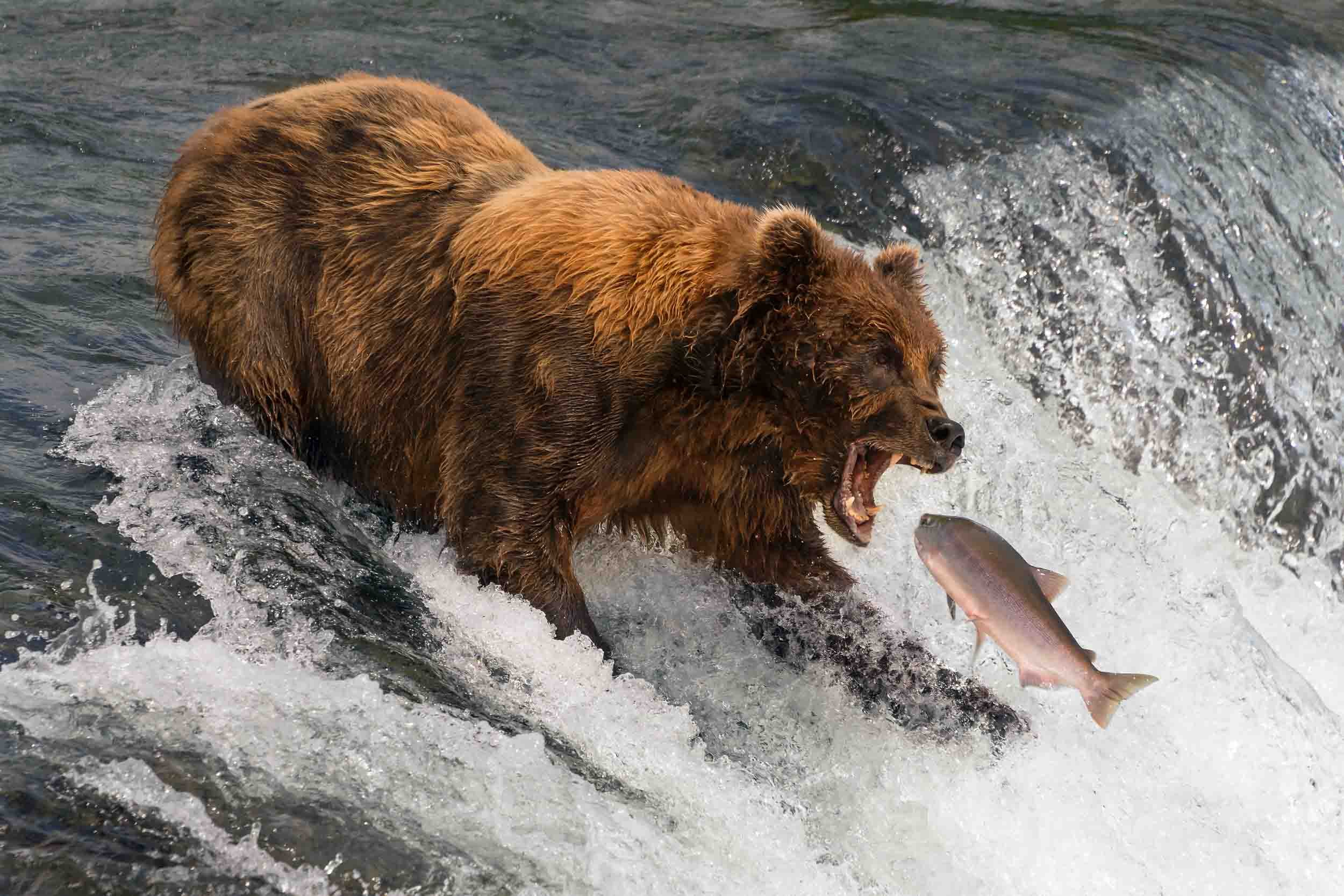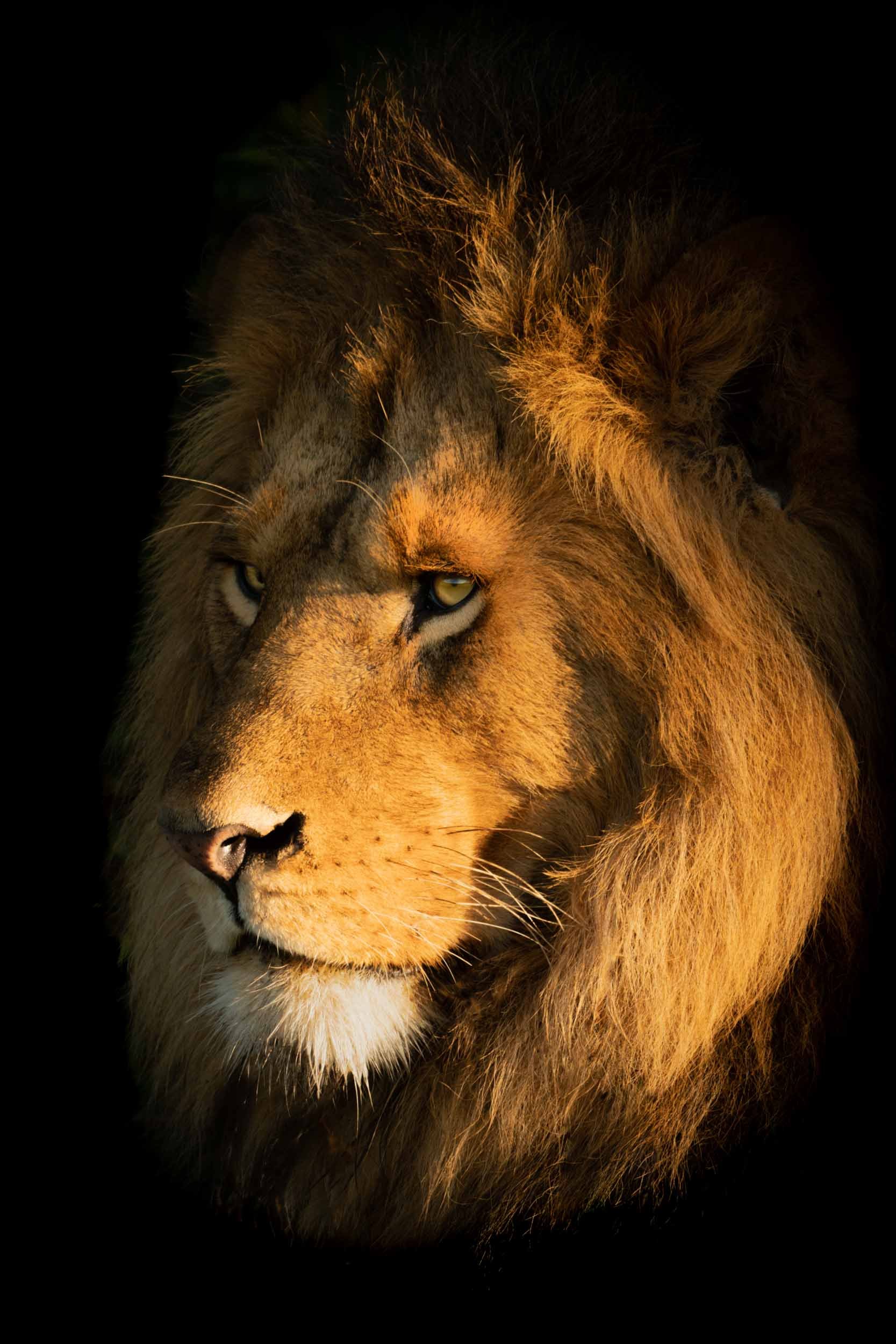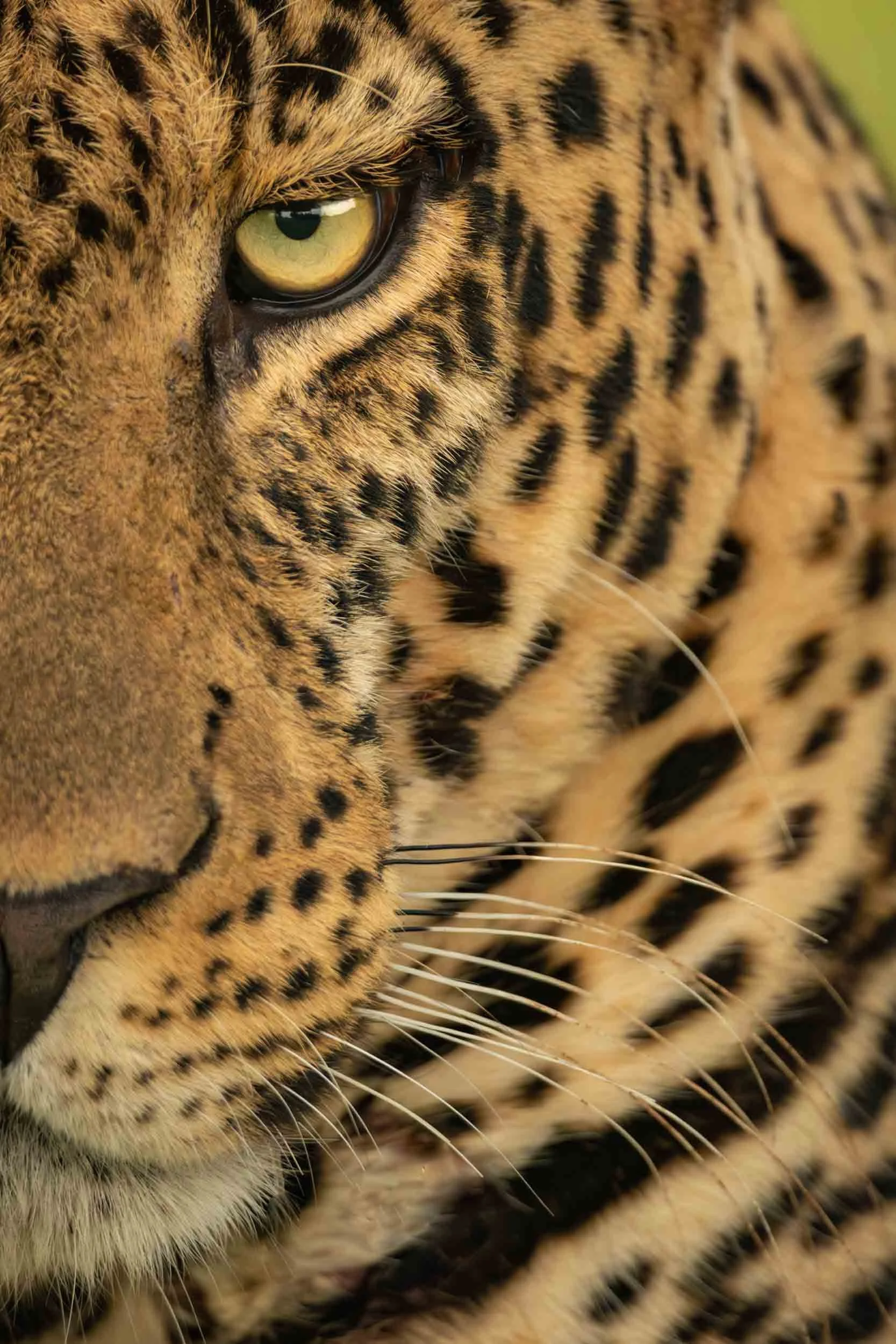How do you Judge a Wildlife Photo?
What do you think of this one…?
People sometimes show me a wildlife photo and ask me what I think, but I always turn the question around. “What do you think of it yourself?” Aesthetics are subjective, so there’s no right or wrong answer, and my view is no more ‘valid’ just because I’m a professional wildlife photographer. However, if you ask me what makes a good photo, that requires a much longer answer…!
Goal
To get the right answer, you need to ask the right question. The answer to life, the universe and everything is 42, according to Douglas Adams, but is that useful…?!
It’s the same with wildlife photography–or any other genre. Asking someone’s opinion might not be very helpful if you haven’t explained the context or the comparison. What’s your hidden agenda? What’s the question behind the question?
Here are a few possibilities:
“Can you say something nice, please?” This is perfectly valid and probably accounts for 80% of the times when you show your photo to someone! The ‘right’ answer is ‘Wow!’
“How does this photo compare to others?” Praise in absolute terms is nice, but it’s even nicer if you’re told you’re better than someone else! Again, though, it’s impossible to answer the question without knowing what the comparison is. Are you trying to beat a friend or relative or win Wildlife Photographer of the Year…?!
“What did I do wrong?” This is a more valuable question, but it’s obviously trickier to answer! You don’t want to insult someone, so it’s probably best to retreat to constructive criticism or generalities such as the rules of composition.
“Am I a good photographer?” This is also a request for validation, but it’s almost impossible to answer based on just one picture!
“Am I improving?” Again, this is understandable, but, again, it’s almost impossible to answer based on just one picture.
“How can I get better?” This is a valuable question to ask, and the positive spin is useful as it focuses on potential improvements rather than obvious faults.
“Do I have what it takes to be a professional wildlife photographer?” This is perhaps the most important question but one that nobody ever asks! It’s obviously impossible to answer based on one photo, but it does at least show a seriousness of ambition.
Whatever your interest in photography, it’s important to know your ultimate goal. Do you simply want to take nice pictures to show to your friends and family, or do you want to take your hobby more seriously, submitting your best images to photo contests and starting to make money through stock agencies and/or exhibitions?
Principles
To me, any photograph should be judged by what it looks like. That’s it! Aesthetically, it has to stand on its own two feet. From that comes the emotional impact that we all want to experience when viewing a work of art.
However, there are other criteria that often seem to be just as important. I guess it’s up to you how important you think they all are.
Authenticity
Different genres of photography focus on different subjects, such as wildlife, people and landscapes. They also require different approaches based on the principles involved. Wildlife photography often involves some measure of ‘authenticity’.
Authenticity or provenance is a nod to those who believe that wildlife photographers are basically journalists, recording what they actually see in the real world. This is reflected in the rules of most of the major wildlife photo contests, which demand that photographers treat their subjects ethically, take their pictures in the wild and don’t clone anything in or out. Typically, entrants will be asked for the Raw file to prove that any image manipulation falls within the accepted limits.
This is all very well, and I defend the right of the organisers to say, “My house, my rules!” However, I’d prefer to be considered an artist rather than a journalist, and I see nothing wrong with taking pictures of animals in zoos or playing around with them in post until they look nothing like real life! In fact, the photo at the top of this article is probably the best I’ve ever taken, but I had to use Photoshop to move the fish a little bit to the right…!
Photographers often hide behind the excuse that it was what they saw (rather than what everybody else did!) or that the image somehow captures the emotions they felt. However, I don’t think this kind of special pleading is necessary. Sure, some people might have an expectation that ‘wildlife photography’ involves wildlife (duh!) and that it should look realistic, but there’s a big difference between realism and naturalism.
The point here is that you need to be clear about your standards. Are you trying to rate photographs based on pure aesthetics, or are you more worried about how, where or why they were taken? Is there a valid expectation of authenticity, or doesn’t it matter?
Degree of Difficulty
I’ve judged a couple of wildlife photography competitions, and it was interesting to see the thinking of the other people involved. A couple of people justified their marks by saying that certain pictures must’ve been ‘very hard to take’. To me, that was crazy. If the degree of difficulty really mattered, I could turn all my pictures into masterpieces by hopping on one foot while I pressed the shutter!
Rarity
Most people get excited when they see a photo of a particularly rare species, but is that any sort of criterion for judging the quality of the image itself? I was a finalist in a photo contest a few years ago, and as I was walking around the exhibition, I noticed a picture of a snow leopard. It was nothing special, and I wondered how on Earth it had managed to reach the final stages. And then I realised. It was a snow leopard—and that was good enough…
I had the same feeling when Sergey Gorshkov won WPY2020 with The Embrace. Yes, it was a shot of a very rare Siberian tiger that he had to use a camera trap to take as it was so hard for him to find any tigers—even after months of searching. However, the subject was plonked right in the middle of the frame, which anyone with a passing knowledge of the rule of thirds could tell you is not ideal…!
Beauty
Does a beautiful subject always make a beautiful photograph? Well, there’s obviously a reason why models tend to be beautiful women: we like seeing beautiful women! However, there’s more to it than that. You wouldn’t necessarily say Kate Moss was the most classically beautiful woman in the world during her glory days, but she was Britain’s most famous supermodel.
So what’s that ‘something extra’ that we need to elevate a photo of a beautiful subject to a beautiful photo of any subject? Whether you’re photographing a supermodel or a wild animal, there are always other factors at play, including the personality, the pose, the background, the lighting and any number of rules of composition. A beautiful or ‘characterful’ subject may be necessary for a great wildlife shot, but it’s not sufficient.
‘Message’
Wildlife photo contests always seem to have a fair sprinkling of images that send a ‘message’. The message is usually about the rarity of endangered species, the impact of habitat loss and poaching and the consequent need for conservation. That’s a fine message, but I’m not sure it justifies all the pictures of polar bears at the Wildlife Photographer of the Year exhibition!
Storytelling
Another thing that annoys me about the Wildlife Photographer of the Year exhibition is their focus on what they call ‘storytelling’. That’s what the organisers claim the judges are looking for, but what kind of ‘story’ can you tell with a single image? I don’t think I could write more than about 50 words on any of my photos…!
Novelty
Finally, the Wildlife Photographer of the Year is one of many contests that sometimes seem to value novelty above any other quality. A couple of years ago, there were a lot of photographs taken in China, and there seem to be other fashions that come and go. This is usually at the expense of more traditional subjects such as action shots taken on safari in Africa. That’s my game, so to speak, so it’s disappointing when I can’t find a single shot of a big cat bringing down an antelope…
Another take on novelty is that photos have to be original. Now, that sounds reasonable, but some photographers push it too far. There are one or two of my acquaintance who look at almost any picture and wearily tell me that it’s all been done before. That’s a bit like saying nobody should be painting portraits because Rembrandt’s already done it to death!
Process
Little Brown Job
There’s nothing wrong with trusting your own judgment about wildlife photos—whether they’re your own or other people’s. However, we all change our minds over time, so it helps to have some kind of process to go through to reach the right decision.
In my own case, I like to keep an ongoing gallery of my Top 100 images, which means I’m constantly on the lookout for new photos to take the place of old ones—and sometimes the other way round!
My usual method is to rate photos based on my own immediate emotional reaction. If one makes me smile with pride, I’ll give it five stars and add it to my Top 100. However, there are a few things you can do to check your ratings.
Time
The first thing to say is that our feelings change over time, so a picture that captivated us 10 years ago may not cut the mustard any more. I remember that happening with a shot of a golden eagle (see above). When my friend James first printed it for me, I remember chatting to him for around 20 minutes, but I don’t think I made eye contact once—I was too busy staring at the photo! It’s still in my Top 100, but it doesn’t make it into my online portfolio any more.
I always double-check my ratings, and letting time pass is a good way to moderate your initial impressions. Some photographers even suggest making it a regular part of your workflow. Just go off and do something else for an hour, a day, a month or even a year before coming back to take another look. This can actually work for editing your images as well as rating them.
As you get better as a photographer, you should see an improvement in your images over time. In fact, your early work might end up looking a bit embarrassing! That was certainly the case for me. If you look at the number of images in my Top 100 by year since I turned professional in 2013, you can see a clear trend:
2013: 1
2014: 1
2015: 1
2016: 6
2017: 4
2018: 12
2019: 23 (mostly because that was the year when I spent four months on safari…!)
2020: 0 (due to Covid…)
2021: 9 (Covid again…)
2022: 13
2023: 26
2024: 4 (only one trip so far…)
Apart from a couple of ups and downs caused by my big trip to Africa in 2019 and the impact of Covid in 2020-21, my more recent images have a better chance of making it into my portfolio. Now, that may be because I’m just ‘getting tired of them’ in some cases, and that might well happen to the more recent pictures in the next few years, but it’s very hard to tell. Anyway, the point is that letting time pass is a good way to confirm your ratings or give you second thoughts.
Feedback
As many people have pointed out, your friends and family will always say they like your photos whether they do or not, so they’re not much help! It’s also true that if you post your favourites on social media, there’ll always be someone (usually American!) who’ll be willing to shower you with praise: “Great shot!” “Unbelievable!” “Adorable!” etc…
However, feedback is still important. It’s a good way of grounding your opinions in the reality of what the rest of the world really thinks—if you believe them! Finding a mentor whose opinion you trust can be a good first step, and it’s obviously better to rely on the opinions of professionals rather than people who happened to go to school with you or share half your DNA.
Posting on social media is fine, but it’s important not to become obsessed with the number of likes or follows that you get. I have a presence on just about every major social media platform, but the most useful one is probably ePHOTOzine because it’s designed for photographers and provides a running total of likes and awards—plus a few nice comments! If I can’t decide which photos to post online, I can simply check how well they did on ePHOTOzine and use that as my guide.
Some wildlife photographers and photo contest organisers offer free portfolio reviews, and that can be a good way of learning what other people think of your work. You just have to steel yourself to accept whatever criticism might come your way!
Thumbnails vs Full Screen
This might sound odd, but photos can often look very different as thumbnails. And that may be helpful when culling your portfolio. After all, if a particular photo doesn’t grab your attention as a thumbnail, the chances are that it won’t quite have what it takes to impress the general viewer—let alone win a competition!
Equally, there are some pictures that need to be viewed in full-screen mode. They just need a lot of real estate to show off the detail or the gradations of colour in a sunset, say.
If you switch between the different views, you should get a more balanced perspective.
Technical Faults
Like ice skating and diving, wildlife photography demands both technical and artistic skills. Given the recent advances in mirrorless camera technology and even smartphones, it’s become easier and easier to produce technically perfect images. That means you really have to be on your game these days. If there are any technical problems with your photos, it’s unlikely they’ll win competitions or be a commercial success.
So what counts as a ‘technical’ flaw? Well, there are a few general problems that are usually down to the skill, knowledge and/or equipment of the photographer:
wrong exposure
lack of sharpness
colour cast
noise/grain
chromatic aberration
distortion
blown-out highlights
crushed blacks
etc
All these issues are fixable in camera, but once you’ve actually taken the shot, your options are more limited—even with all the benefits of Lightroom, Photoshop or Topaz Labs Photo AI.
Rules of Composition
There are many different rules of composition, and you can read all about them in my article or elsewhere. Here are a few of the better-known ones:
rule of thirds
'the decisive moment'
framing
separation
negative space
leading lines
symmetry
point of view
motion blur
depth of field
odd numbers
fill the frame
aspect ratio
foreground interest
balance
juxtaposition
patterns, textures and colours
simplicity
clean backgrounds
humour.
It can get confusing, but the main point to remember is that the rules reflect simple human psychology. There may not be any obvious logic to them, but that’s just what people are like. For instance, people simply prefer odd numbers of things in a photo. There doesn’t seem to be any rhyme or reason to it, but that’s irrelevant. All you need to know is what the preference is, and that’ll help you create more appealing photos.
People sometimes criticise my obsession with the rules by saying that you have to know when to break them. However, what that generally means in practice is that you have to know which rule to use rather than abandoning them all. Aesthetics is not some kind of free-for-all in which everyone’s perspective is as good as any other!
Verdict
If you want to be able to judge wildlife photos with confidence, the first step is to set your goal. What exactly are you looking for? After that, you can establish a few principles to guide you (if simple aesthetics aren’t enough!) and set up your own personal process or workflow.
Whether you’re rating your own photos or other people’s, you should obviously consider the technical and artistic aspects of each. The more familiar you are with common problems and the rules of composition, the easier it will be to analyse the quality of the images.
If, like me, you end up turning professional, you should then be well placed to help other people understand what makes a great image and how they can improve their own wildlife photography.
If you’d like to order a framed print of one of my wildlife photographs, please visit the Prints page.
If you’d like to book a lesson or order an online photography course, please visit my Lessons and Courses pages.







